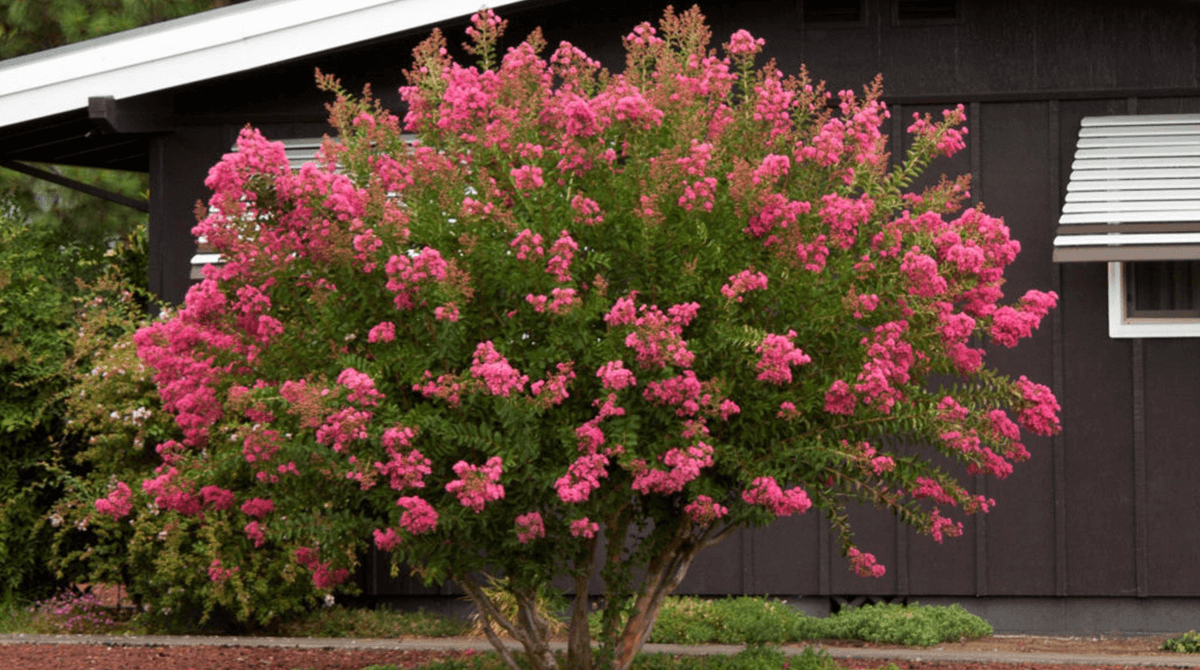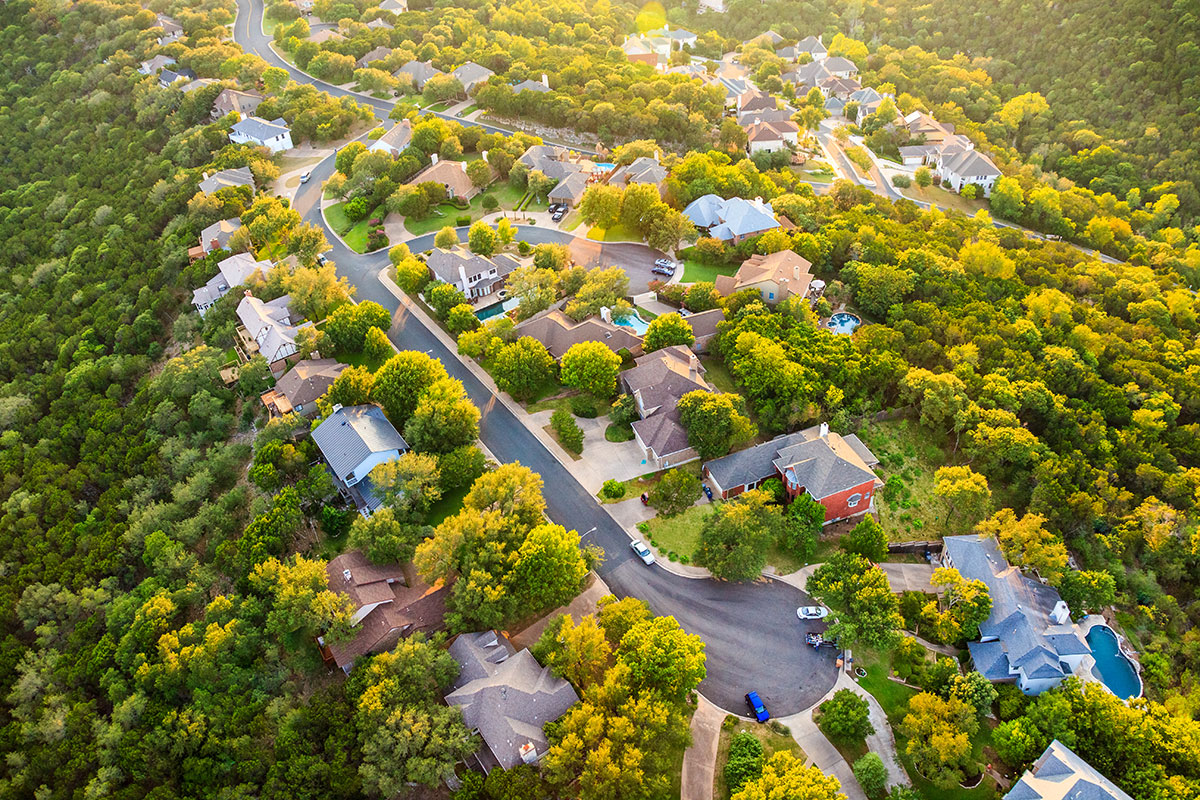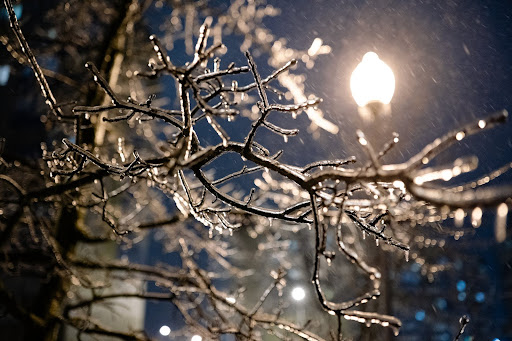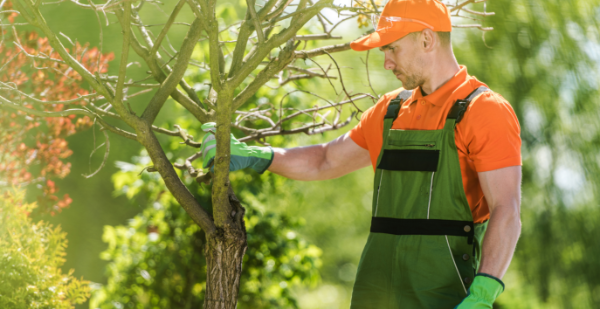
Crape Myrtle Diseases & Insect Pests
Date March 25, 2021
Category
Crape Myrtles are one of our favorite flowering trees in North Texas. They produce multiple rounds of showy, fragrant flowers that blanket our yards in color all summer long. Crape Myrtles are known for their hardiness and low-maintenance. Many popular National Arboretum cultivars are relatively resistant to the common diseases and pests of Crape Myrtle. However, no tree is invincible to all disease or pest issues. So if your beloved Crape Myrtle isn’t looking so beautiful and healthy these days, read our list below of common diseases and pests associated with Crape Myrtles and some suggestions for what you can do to help yours stay healthy.
A Little About Your Crape Myrtle
Crape Myrtles (also spelled Crepe Myrtle) are shrubs and small trees, usually between 15-20 feet in height, best recognized for their stunning, long-lasting summer blooms. There are several types of Crape Myrtles. In Texas, you’ll primarily find the varieties that thrive in heat and humidity and tolerate drought. Crape Myrtles also do well in many soil types, including the alkaline clay found throughout North Texas. Aside from their beautiful blooms, Crape Myrtles have sleek, slender branches with thin, attractive bark that periodically sheds. They come in multiple varieties, sizes, and colors, from a soft blush or lavender to a striking Fuschia. The bottom line is Crape Myrtles make a splash wherever they are.
Signs That Your Crape Myrtle is Sick
Like all living things, sometimes trees get sick. If you notice unusual behavior, such as your Crape Myrtle being late to leaf out in spring or if it doesn’t produce any blooms by late June, take note. One of the first things you should look for is physical damage to the tree because their thin bark is susceptible to damage by landscaping equipment. Also, look for fungus, signs of pests, and disease signs in the leaves or branches. Some Crape Myrtle trees do like to sleep in late, so if you don’t see any signs of damage or disease, don’t panic too much. Below are some common issues with Crape Myrtle trees and things to be on the lookout for:
#1. Crape Myrtle Aphids
Crape Myrtle aphids feed on the sap of Crape Myrtle trees and are the most common Crape Myrtle pest. These aphids are a pale yellow color and can typically be found on the underside of leaves. Like other sap-sucking insects, they do not fully digest their food and leave behind a sticky liquid called honeydew. If you have an aphid problem, you will find this honeydew dripping from your Crape Myrtle tree in the spring. If not handled, this can lead to sooty mold. The best place to start is by spraying the tree down with a strong blast from the hose. If that doesn’t work, TreeNewal’s ISA Certified Arborists are happy to discuss further options. Give us a call at your convenience.
#2. Crape Myrtle Bark Scale
Another creator of honeydew is the Crape Myrtle bark scale (or CMBS). This is a more recent addition to our list of potential ailments, as it was first identified in Texas in 2004; however, it has quickly made its presence known and is now one of the most common Crape Myrtles pests in the Dallas-Fort Worth area. It is easily recognizable by its felt-like bumpy texture. The adult females are covered in gray or white encrustations that bleed a pink liquid when scratched. They can cover whole sections of the trunk or branches, giving the tree a scaly look. To get rid of these pests, start by washing the tree’s trunk and limbs with a mild mixture of dish soap and water applied by a soft brush. If that doesn’t do the trick, reach out to our tree care experts for assistance.
#3. Sooty Mold
Sooty mold is a fungus that covers the leaves and looks like you dumped the contents of your fireplace onto your Crape Myrtle. It’s not growing on the foliage but rather on the honeydew we mentioned above, which can be caused by aphids, scales, and other insects. The best way to get rid of sooty mold is to get rid of the insects causing the honeydew. Once you handle the insect infestation, you can wash the sooty mold away, or it will eventually fall away on its own. If you have questions about sooty mold fungus, pests, and control, reach out to our team.
#4. Powdery Mildew
Like sooty mold, powdery mildew is a fungus. You’ll find it on your Crape Myrtle during the spring or fall. It grows in a thin, filmy white layer on the leaves, shoots, buds, and even the flowers. Late in the year, a small, dark seed-like formation will grow among the mildew, which lives through the winter and can reinfect the Crape Myrtle in the spring. Getting rid of powdery mildew can be tricky, so it’s best to try to avoid it in the first place by choosing one of the Crape Myrtle cultivars with resistance to powdery mildew. If you don’t have the option, proper pruning can enhance the air circulation and open the tree up to more sunlight. If your Crape Myrtle already has powdery mildew, it’s probably best to call in the professionals. Please reach out to our team at TreeNewal as soon as possible because powdery mildew can pose a real threat to your Crape Myrtle.
#5. Cerospora Leaf Spot
Another increasingly common fungus is Cerospora leaf spot, which is immediately recognizable by the irregular dark spots that form on the older leaves sometime in mid to late summer. Those leaves will also turn fall colors and drop earlier than the other leaves. Luckily, this ailment doesn’t live through the winter. However, it can re-occur each year if you have a Crape Myrtle tree that is not pruned for proper circulation or getting enough sunlight.
TreeNewal Can Help
We know you love your Crape Myrtle. You wouldn’t be reading this if you didn’t. If you have been battling any of the issues mentioned above or noticed signs of other possible ailments, our ISA Certified Arborists are ready to help. TreeNewal offers expert tree care services, such as insect pest and disease control, as well as tree trimming and tree removal. If you have questions or concerns about insecticides and fungicides for Crape Myrtles or other general questions about tree health care, TreeNewal is a certified arborist tree service that can handle all your professional tree care needs. For more information or to set up an appointment, go to our website at treenewal.com or call us at tel:(817) 592-6846.
To learn more about Crape Myrtle Diseases & Insect Pests, call our Argyle and Southlake-based teams
at tel:(817) 592-6846 or send us a message.
We’re a little different than the average tree services company.
Learn more about TreeNewal’s ISA Certified Arborists!
Our Dallas/Fort Worth-based tree doctors can explain how sustainable tree care services add more value to your bottom line.
Healthy trees, healthy lives.








